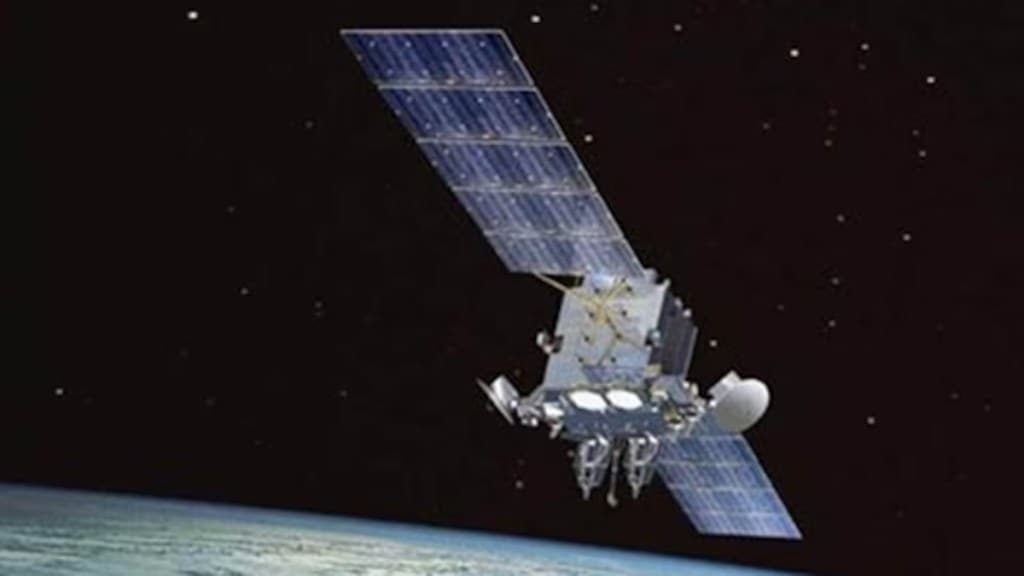Two Indian space start-ups, Pixxel and Digantara, marked a new chapter in the nation’s private space sector with the successful launch of their satellites aboard a SpaceX rocket on Wednesday. These pioneering missions aim to enhance earth observation and space object tracking, addressing critical challenges in agriculture, defence, and space sustainability.
Pixxel achieved a significant milestone by becoming the first Indian private firm to deploy a constellation of satellites equipped with advanced hyperspectral imaging technology. Its “Firefly” satellites provide imagery in over 150 spectral bands, offering six times the resolution of standard systems. This breakthrough enables precise monitoring of vegetation health, water quality, atmospheric conditions, and chemical compositions. “For the first time, a 5-meter hyperspectral capability is available globally,” noted Pixxel co-founder and CEO Awais Ahmed. Pixxel plans to expand its constellation with three additional Firefly satellites in the coming months, followed by 18 more.
AK Bhatt, director general of the Indian Space Association (ISpA), highlighted the transformative potential of Pixxel’s hyperspectral imaging for sectors such as defence, agriculture, and climate action. Pixxel’s client base includes global heavyweights like the US National Reconnaissance Organisation, Rio Tinto, and the ministry of agriculture.
Simultaneously, Digantara Aerospace launched SCOT (Space Camera for Object Tracking), the world’s first commercial satellite for real-time tracking of objects as small as 5 cm in Low Earth Orbit (LEO). As orbits grow increasingly congested with satellites and debris, SCOT provides persistent monitoring capabilities, overcoming limitations of traditional sensors affected by weather and geography.
“SCOT is a key step towards ensuring safer and more sustainable space operations,” said Digantara CEO Anirudh Sharma. The satellite forms part of Digantara’s vision for a hybrid surveillance network to address space congestion and bolster security.
Both missions represent India’s growing capabilities in the global space ecosystem, setting the stage for innovative solutions to critical challenges in Earth and space observation.

